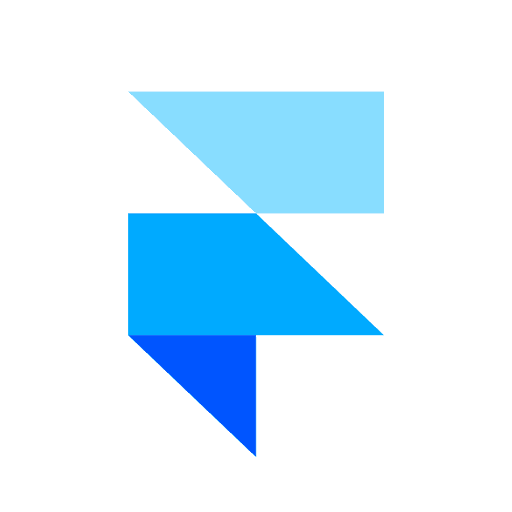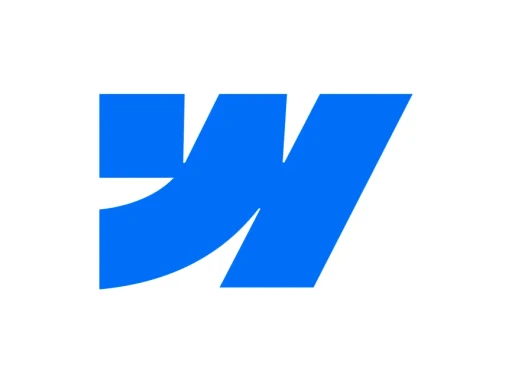No-code software accelerates development timelines and cuts costs for businesses. By allowing users to build applications without coding, it streamlines workflows and boosts efficiency.
Our No-Code Services
Fast Results
No-code services can significantly accelerate development timelines by eliminating the need for manual coding and debugging. This results in faster time-to-market for applications and enables businesses to respond more quickly to changing market demands and customer needs.
Cost Efficiency
Our no-code services can help reduce development costs by eliminating the need to invest in specialized development tools.
Custom Design
We create visually stunning and highly tailored applications and websites without the need for traditional coding skills

Framer

Wix

